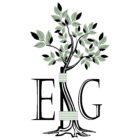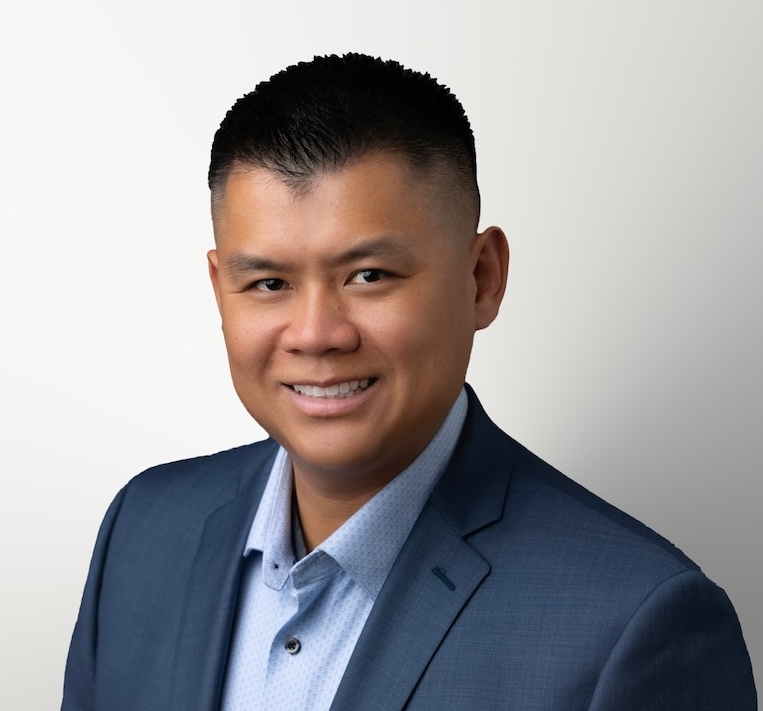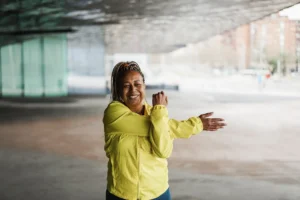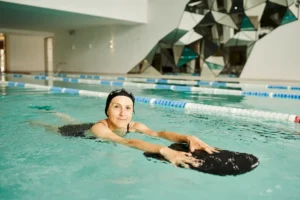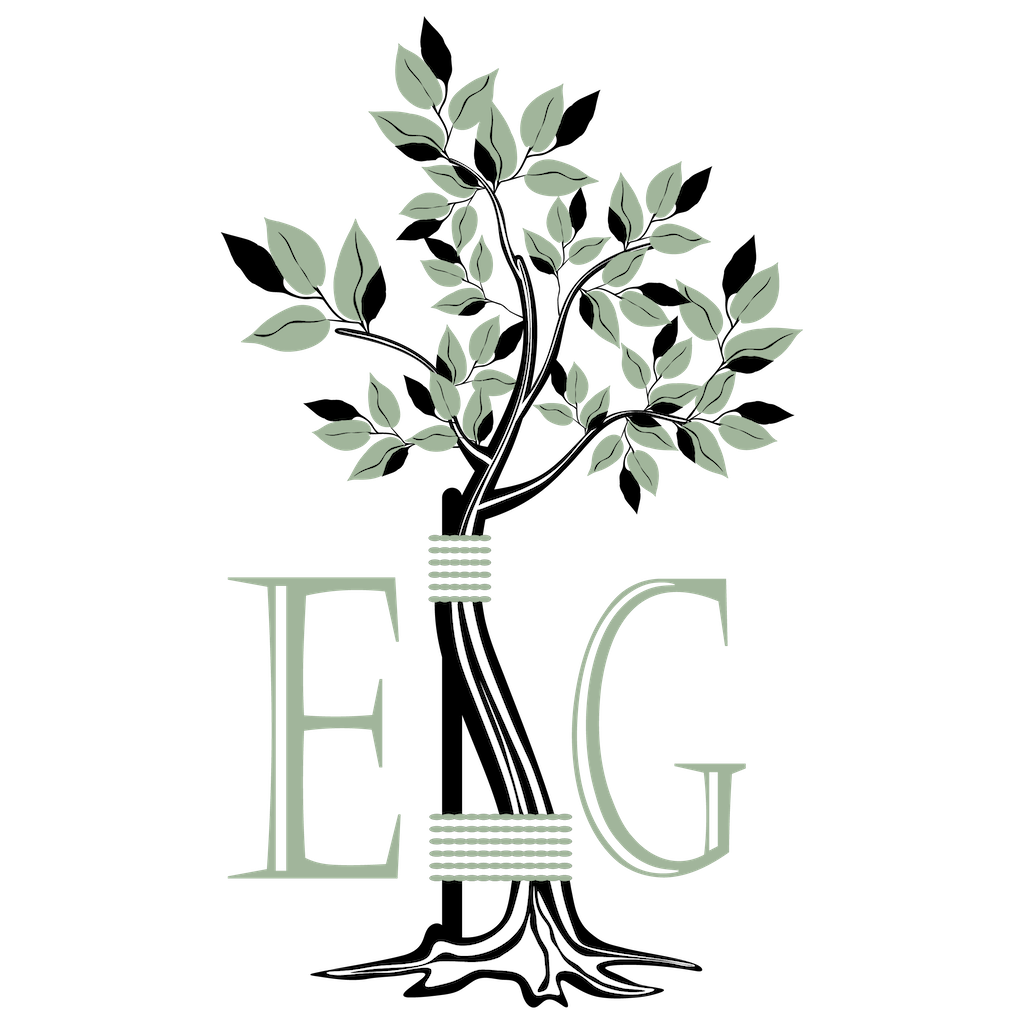The shoulder is one of the largest and most complex joints in the body. It is made up of three bones: the scapula (shoulder blade), the humerus (upper arm bone) and the clavicle (collarbone). Part of the scapula, called the glenoid, makes up the socket of the shoulder. Because this socket is very shallow and flat, a rim of soft tissue, called the labrum, acts like a gasket and turns the flat glenoid surface into a deeper socket that molds to the head of the humerus for a better fit.
Several shoulder tendons and ligaments attach to the labrum to help maintain shoulder stability but can also be prone to injury, specifically labral tears. In this blog post we will discuss the labrum in greater detail, what a labral tear is and what the best treatment might be depending on the type of tear.
What is the labrum?
The labrum is a thick piece of cartilage attached to the rim of the glenoid cavity (shoulder socket) that helps to keep the ball of the shoulder joint in place. When the labrum is torn, it may lead to instability in the shoulder, and it can often cause the shoulder to dislocate. The arm bone (humerus) forms a ball at the shoulder where it sits in the socket, which is part of the shoulder blade. These two bones are connected by tough tissues called ligaments, that form tethers, holding the bones to each other.
The shoulder joint contains two kinds of cartilage – articular cartilage and the labrum. The white cartilage surrounding the ends of the bones is called articular cartilage and allows the bones to glide and move smoothly over each other. When the articular cartilage starts to wear out (a process called arthritis), the joint becomes painful and stiff. Cartilage, known as the labrum, is distinctly different from articular cartilage. It is more fibrous or rigid and is only found around the socket where it is attached.
What is the labrum’s function?
The labrum has two functions. The first is to create a deeper socket so that the head of the humerous (ball) stays in place. In individuals where the labrum is too small or is torn due to an injury, the ball may be prone to slide part of the way out of the socket (subluxation) or all the way out of the socket (dislocation). The labrum surrounds the socket and in most areas is firmly attached to the bone of the socket. In some areas it is not firmly attached.
The second function of the labrum is to serve as an attachment of other structures or tissues around the joint. The ligaments that help hold the shoulder joint together attach to the labrum in certain key locations. If there is an injury to the shoulder that tears the ligaments, the labrum may be pulled off the rim of the bone as well. This type of injury usually involves a subluxation or dislocation of the shoulder and is usually due to blunt trauma. The ball of the shoulder can dislocate toward the front of the shoulder (an anterior dislocation), or it can go out the back of the shoulder (called a posterior dislocation). In either case, the labrum can be torn off the bone. When this happens, the labrum usually does not heal back in the right location, creating a possibility for an unstable joint.
The tendon of the biceps muscle also attaches to the labrum on the front of the arm. While this muscle is overall quite large, it gradually turns into a small tendon (about the size of a pencil) where it attaches inside the shoulder joint. At the other end of the muscle is a large tendon that attaches beyond the elbow in the forearm. The portion that attaches in the shoulder goes through a small hole in the rotator cuff tendons.
Inside the joint, the tendon is attached partly to the bone near the socket and partly to the labrum at the top of the joint. This tendon can get torn either where it attaches to the bone, to the labrum, or at both locations.

What is a labral tear?
Labral tears are typically caused by repetitive overhead motions, such as throwing for athletes or by a traumatic event, such as a fall or a car accident. The labrum can tear a few different ways: 1) completely off the bone, 2) within or along the edge of the labrum, or 3) where the bicep tendon attaches. Determining exactly what type you may have will require consulting your orthopedic surgeon for a full diagnosis.
The first type of tear is one where the labrum is completely torn off the bone. It is usually associated with an injury where the shoulder has partially or fully dislocated. This type of tear can occur without the individual realizing that the shoulder has slid out of the socket.
The second type of labrum tear is caused by an actual tearing within the labrum itself. Over time, the edge of the labrum may get frayed, creating a rough edge. This type of tearing is rather common and usually it does not cause many symptoms, if any. It tends to be seen more frequently as people get older, typically over the age of 40 years old.
A third type of labrum tear is located where the biceps tendon attaches to the upper end of the shoulder socket. The socket can be divided into four regions: anterior (front), posterior (back), superior (the upper end closer to the head) or inferior (the lower end, which is toward the elbow).
What are the symptoms of a labral tear?
Symptoms may include pain in the shoulder, weakness in the arm, and decreased range of motion. It is common to feel locking or popping when moving the affected shoulder. The main symptom of a labral tear is usually a sharp, catching type sensation in the shoulder that may only occur with certain movements which may otherwise feel normal or pain-free. Symptoms will vary based on the type of tear you have and how severe it is.
Symptoms of a labral tear depend on where the tear is located but may include:
- A dull throbbing ache in the shoulder joint
- “Catching” of the shoulder joint with movement
- Pain with specific activities
- Dislocations of the shoulder
- Difficulty sleeping due to shoulder discomfort
Pain can be brought on by strenuous exertion or even household chores. Athletes may notice a loss of strength or a significant decrease in the ability to throw a ball or grip a racket.
Common labral tears
The two most common types of shoulder labral tears that occur are Bankart and SLAP.
A Bankart tear involves the humeral head shifting. With this type of tear, you can expect to experience instability in the shoulder, pain, and weakness. Dislocation is quite common with this type of tear. Unfortunately, due to the risk of future dislocation, surgery is often necessary.
SLAP, or superior labrum anterior to posterior, involves the biceps tendon being damaged. This is a common tear that many athletes experience. A SLAP tear in the shoulder will have similar symptoms to a Bankart tear. Unlike a Bankart tear, however, a SLAP tear can often be treated without surgery. To diagnose a labral tear, your doctor may suggest imaging tests such as an MRI or CT scan.
Shoulder labral tears are typically caused from overuse, aging, or injury. It is not uncommon for athletes to tear their labrum, and is especially common with sports such as tennis, baseball/softball, swimming, and football.
Diagnosing shoulder labral tears
It can be difficult to diagnose a labral tear because it mimics other conditions, such as arthritis, rotator cuff disorders, tendonitis, an unstable shoulder or a compressed nerve. Because the cartilage is deep in the shoulder, making an accurate diagnosis of a torn labrum is rather difficult with just a physical examination. An orthopedic surgeon may be able to make a confident diagnosis by examining you preforming several specific movements in the office. With the arm raised overhead, there may be pain, causing a catching sensation as the arm is raised. When the arm is raised in front of the body, with the palm of the hand facing upward, pain may be felt when downward pressure is applied.
To better understand the extent of your injury, a complete health history and physical examination may be conducted to assess your injury, pinpointing the location, and checking your range of motion. Your surgeon will likely run imaging tests to make the diagnosis of a labral tear including using MRI (magnetic resonance imaging scans) or a test called a CAT (computerized axial tomography) where dye is injected into the shoulder. Both tests are relatively good at defining a labrum tear due to a subluxation or dislocation, but they are overall only around 80-85% accurate. X-rays may be needed to evaluate the affected area for any problems with the bones in your shoulder.
Your surgeon may suggest a shoulder arthroscopy to diagnosis a labrum tear. Arthroscopy is a procedure that orthopedic surgeons use to inspect, diagnose, and treat problems inside a joint – in this case, the shoulder. During shoulder arthroscopy, your surgeon will make a small incision (less than one inch) and insert a small camera, called an arthroscope, into your shoulder joint. The camera displays pictures on a video monitor that your surgeon uses to explore your shoulder joint and if necessary, make any repairs to the labrum or surrounding areas. While surgery is typically a last resort, it is also helpful to know that shoulder arthroscopy can make diagnosing, treating, and recovering easier and faster.
Treatment for shoulder labral tears
Treatment for a shoulder labral tear depends on the severity of the injury and may include rest, physical therapy, medications, injections, and in some cases, surgery.
Labral tears are sometimes visible on a magnetic resonance imaging (MRI) scan or in a computerized axial tomography (CAT) scan when a special dye has been injected into the shoulder. These scans may help a surgeon diagnose a tear but may not be show or be able to see the location of the injury.
Diagnosing a labral tear can be difficult and the diagnosis may rely on looking into the shoulder with an arthroscope, which will allow the surgeon to look directly at the labrum and see if it is torn. Since the symptoms of a labral tear may be made worse by instability, physical therapy to strengthen the rotator cuff muscles may be helpful. Anti-inflammatory medications, such as aspirin or ibuprofen, may help the pain. If the problem persists, surgery may be required to confirm the diagnosis and attempt to treat the problem.
In many cases, shoulder arthroscopy can be used to treat a torn labrum. If the tear is small and catches as the shoulder moves, removing the loose part of the labrum may be all that is needed to help the symptoms. If the tear is larger, the shoulder may also be unstable, meaning that it is too loose. If this is the case, the labral tear may need to be repaired instead of removed. Several techniques allow the surgeon to place small staples or suture anchors into the labrum through the arthroscope and attach the labrum to the bone of the shoulder socket (glenoid). If the tear is too large to repair through the arthroscope, an incision may need to be made in the front of the shoulder to repair the torn labrum.
Can a labral tear heal on its own?
It is possible that a labral tear can heal on its own without surgery. For non-athletes, treatment can often be managed through rest, anti-inflammatory medication, injections, and physical therapy. However, surgery may be necessary to make sure that your labrum heals properly, especially for athletes hoping to make a quicker return.
Recovery
Recovery times vary depending on the type and severity of the tear but can range from a few weeks for minor tears to several months for more severe injuries. To help prevent labral tears, it is extremely important to warm up before engaging in any overhead activities and avoid repeating the same motions excessively.
If you have a shoulder labral tear, your orthopedic surgeon may recommend avoiding certain activities while it heals or putting limits on how much you can lift. It is important to follow their advice and give your shoulder adequate time to heal.
How to prevent a labral tear
It is not always possible to prevent a labral tear from happening, however, there are some things you can do to lower your risk:
- Stretch often
- Rest in the off season
- Avoiding overuse in the shoulder
- Preventative physical therapy if you are an athlete
- Taking a break from activity if you experience shoulder pain
- Ensure your injuries are healed completely before playing sports again
FAQ:
Q: What is the labrum?
A: The labrum is a thick piece of cartilage attached to the rim of the glenoid cavity (shoulder socket) that helps stabilize the shoulder joint. It surrounds the socket, providing an additional layer of protection and support for the joint.
Q: What is a labral tear?
A: A Labral tear is an injury to the labrum, a ring of cartilage that surrounds the socket of the shoulder joint. Labral tears can be caused by repetitive overhead motions or trauma, such as a fall.
Q: What causes a labral tear?
A: Shoulder labral tears are typically caused from overuse, aging, or a traumatic injury from an accident or sports. It is not uncommon for athletes to tear their labrum, and is especially common with sports such as tennis, baseball/softball, swimming, and football.
Q: What are the symptoms of a shoulder labral tear?
A: Common symptoms of a shoulder labral tear include pain, clicking, popping or catching when moving the shoulder, weakness in the shoulder and reduced range of motion.
Q: How is labral tear diagnosed?
A: Labral tears are typically diagnosed beginning with a patient’s medical history and physical examination of the shoulder. Imaging tests such as x-rays and MRI or CT scan will help give a better idea but are not 100% accurate. An arthroscopy of your shoulder may be necessary to determine the cause and address the injury inside your shoulder joint.
Q: What are the treatment options for labral tears?
A: Treatment for a labral tear depends on the severity of the injury and may include rest, physical therapy, medications, injections, and in some cases surgery.
Q: Can a labral tear heal on Its own?
A: Yes, it is possible that a labral tear can heal on its own without surgery. For non-athletes, treatment can often be rest, anti-inflammatory medication, injections, and physical therapy.
Q: Will I need a shoulder arthroscopy for a labral tear?
A: It depends on the severity and location of your tear. If your tear is large or in a difficult area to access, you may need an arthroscopic procedure to repair it.
Q: How long does it take to recover from labral tear?
A: Recovery times vary depending on the individual patient, as well as the type and severity of the tear. But recovery time typically can range from a few weeks for minor tears to several months for more severe injuries.
Q: What happens if a labral tear goes untreated?
A: Labral tears can cause increased shoulder instability, pain, and decreased range of motion. If left untreated, the tear may worsen and could lead to joint damage or even dislocation.
Q: How can I prevent labral tears?
A: To help prevent labral tears, be sure to warm up before engaging in any overhead activities and avoid repeating the same motions excessively. Additionally, you may want to consider wearing shoulder braces or using proper technique when performing certain movements.
Q: Can I continue to exercise if I have labral tear?
A: It is important to follow your doctor’s advice and give your shoulder adequate time to heal. Your doctor may recommend avoiding certain activities while it heals or putting limits on how much you can lift. Once the tear has healed, you should be able to resume normal activities. Talk to your doctor if you have any questions or concerns about engaging in physical activity.
If you are experiencing shoulder pain or any of these symptoms, it is important to see a shoulder doctor in order to get an accurate diagnosis and begin your treatment plan. Because of the complexity of the shoulder joint, seeing a specialized shoulder doctor is important to properly diagnose your condition and come up with a treatment plan that is specific to your needs.
Dr. Eric Giang is a fellowship-trained orthopedic surgeon who specializes in diagnosing and treating shoulder conditions. If you have any questions or would like to schedule an appointment, please call our office or complete the form below.
"*" indicates required fields
